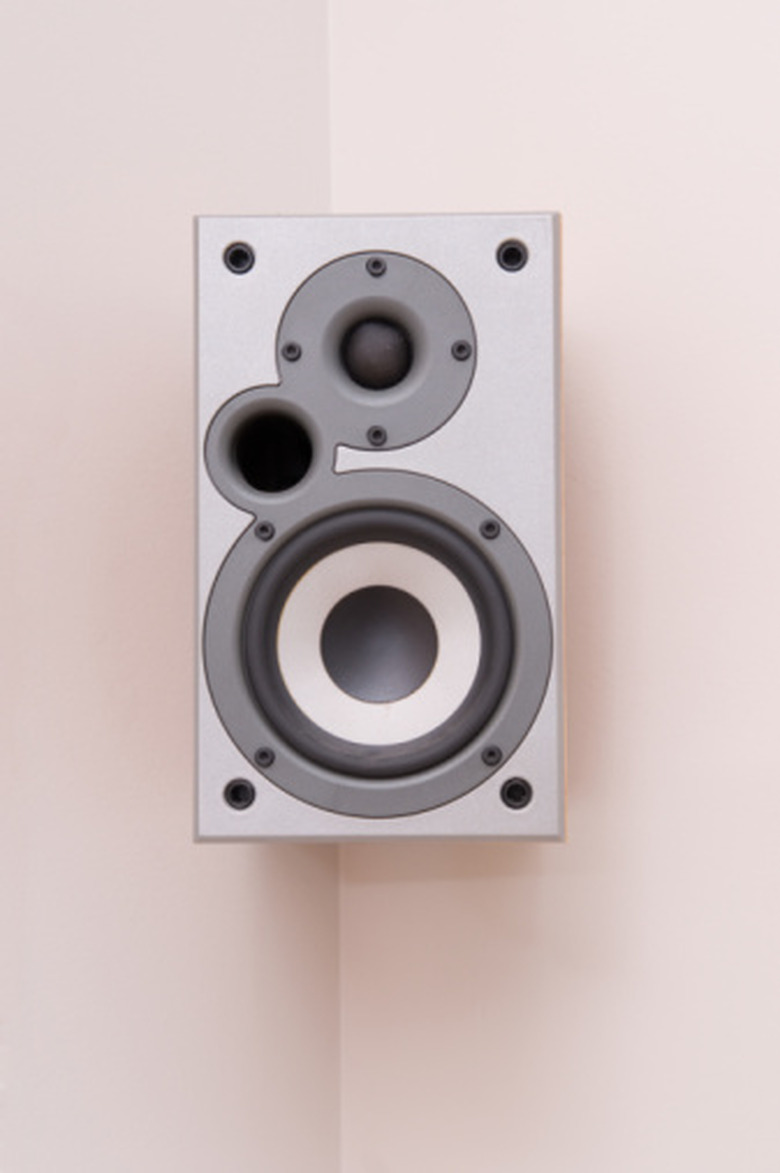How To Mix Different Ohm Speakers
Things Needed
-
Speaker wire
-
Wire cutters
-
Amplifier or receiver
An ohm is a measurement of electricity impedance that a device such as a stereo speaker will put up to resist current flow. The higher the ohm rating, the more power that is needed to drive the speaker. Amplifiers and audio receivers deliver the power to drive your speaker system. Amps and receivers are rated by watts, a measurement of power, into a specified number of ohms, for example, 100 watts into 8 ohms. When connecting pairs of speakers with different ohm ratings, a few simple calculations can help you avoid burning out your equipment.
Step 1
Turn around each speaker you'll connect to the amp or receiver to check the ohm rating printed on the back. For example, you may have a pair of speakers rated at 4 ohms each and another pair rated at 8 ohms each.
Step 2
Pull out the amplifier or receiver to view the minimum ohm requirements printed next to the speaker terminals. For example, your amp might be rated at 100 watts into 4 ohms minimum.
Step 3
Cut a section of speaker wire for each speaker you want to connect and strip away 1/2 inch of plastic coating from the wire on each end.
Step 4
Add up the total ohms for all speaker pairs, which in this example would be 4+4 (8) and 8+8 (16). The calculation for mixing these speakers involves speaker system A (8 ohms) multiplied by speaker system B (16 ohms) = 128 ohms. This figure is then divided by total ohms in both speaker systems, which is 12. The calculation is 128/24 = 5.33 ohms. This is within the acceptable range of the 4-ohm minimum rating of your amp and is safe to connect.
Step 5
Connect the speaker wires to the amp or receiver using the colored wire for the positive terminal and the remaining wire for the negative. Hook up the other end of each wire to a speaker in the same manner, taking care not to cross the wires.
Tip
While you can connect a mix of speakers with different ohm ratings, the best sound quality will come from equally rated speakers connected in pairs, such as two 8-ohm speakers connected to Speaker A on the amp or receiver and two 4-ohm speakers hooked up to Speaker B.
Warning
Do not connect a mix of speakers that results in an ohm load less than the minimum rated on the amplifier. If you do, the amplifier will work harder to drive the speakers, causing premature wear and possible burn-out of the equipment.
